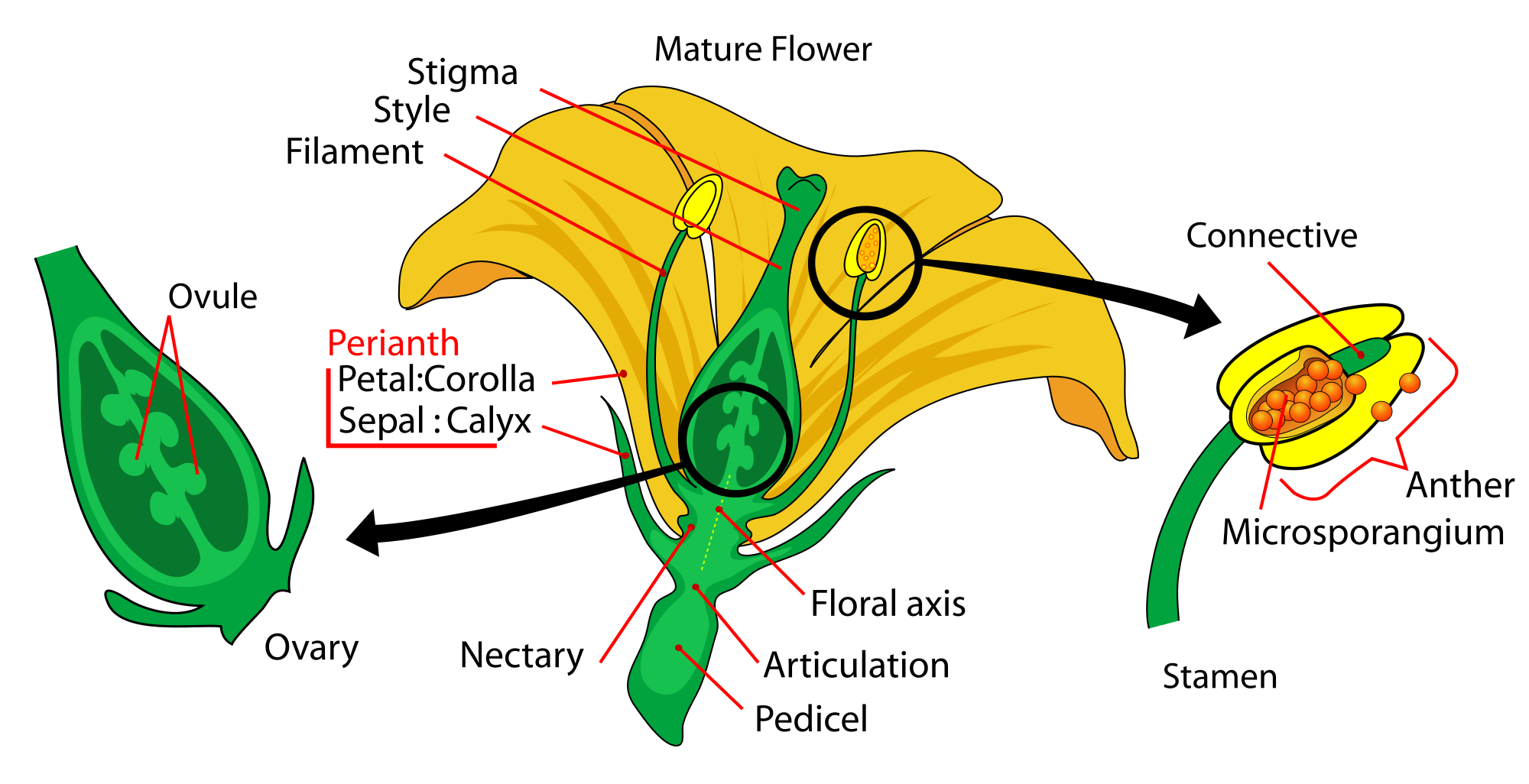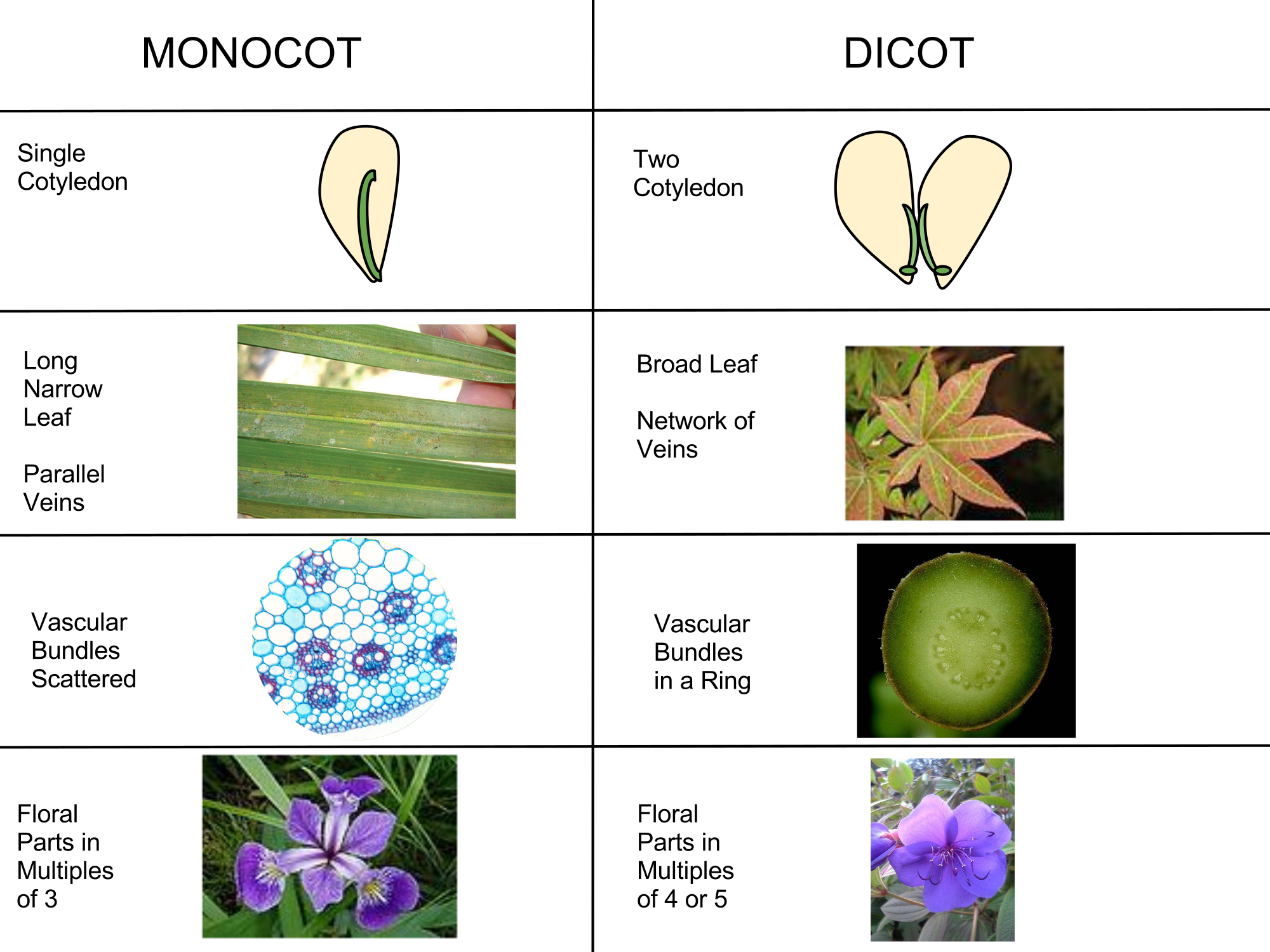The origin of flowering plants (Division Angiospermae) is currently contested. There are several hypotheses to the origin of flowering plants, two of which are most prominent. It was originally thought that flowering plants originated from gnetophytes, due to the similarity in morphology of xylem and pollination associations with insects between the two groups. However more recently, genetic analyses support the hypothesis that flowering plants are not closely related to gnetophytes. This suggests that the characteristics that they share in common, vessel elements and insect pollination, may have originated independently from each other. Fossil evidence can be used to support this theory, with proponents suggesting that angiosperms and gymnosperms may have originated from the same common ancestor, the now extinct tree ferns. However, it is currently unclear whether angiosperms originated from ferns or gnetophytes. Structural homologies due to similar morphologies suggest flowering plants originated from gnetophytes, but nearly all the genetic evidence points to a divergence of gymnosperms and angiosperms in the much more distant past.
Angiosperms consist of two main groups: Magnoliopsida (dicotyledons) and Liliopsida (monocotyledons).


